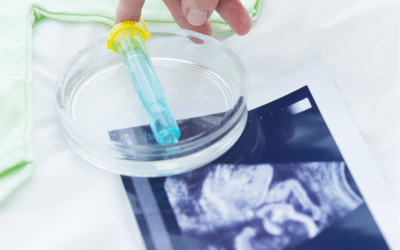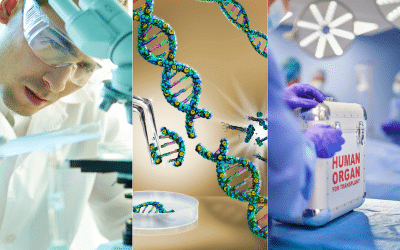On April 22, French Health Minister, Marisol Touraine, announced the launch of an online survey whose admitted purpose is labeled “to help the exploitation and sharing of health data, while respecting private life, for all actors having a project of public interest”. The internet surfer can thus give his advice on the use of his personal data in the medical field (Big Data).
The Health Law, voted in December 2015, provided for the creation of a « National System of Health Data » an information platform partially “open”, which means at the public’s disposition (open data). This enormous data base should collect the data from the national information system for all the different health insurance systems “(Sniiram)” and from the medical program of hospitals’ information systems “(PMSI)”. Therefore, this represents an enormous amount of data, originating from health insurance and complementary health organizations, hospitalizations, causes of death etc.; which represents, every year, 1.2 billion healthcare treatment forms, 500 million medical acts and 11 million hospitalizations.
The current “Sniiram”, a national information system for all the different health insurance systems, is a medical administrative database which contains the historical data of reimbursement for health care. For the Court of Accounts, it is a treasure “unequaled in Europe with respect to the number of individuals managed and the diversity of the data available”. In a report requested by the National Assembly and published on the site public Actors, the same Court enrages against the current blockage of health data managed by health insurance, all the while denouncing leaks in security. The National Commission for computers and liberty “(CNIL)” fears that it will be possible to identify the individuals behind this “anonymous” data.
For the past few years, we have witnessed a genuine explosion of computer connected objects which provide data on our habits and physical condition: for example, the bracelets recording cardiac rhythm or connected contact lenses recording the blood glucose level for diabetics. Thanks to ‘big data’, everyone is able to compare his personal data with that of other users to measure how he compares to the rest of the population (which we call “quantified self” or “self-measurement”). More and more professionals in the medical field are becoming interested in this data.



